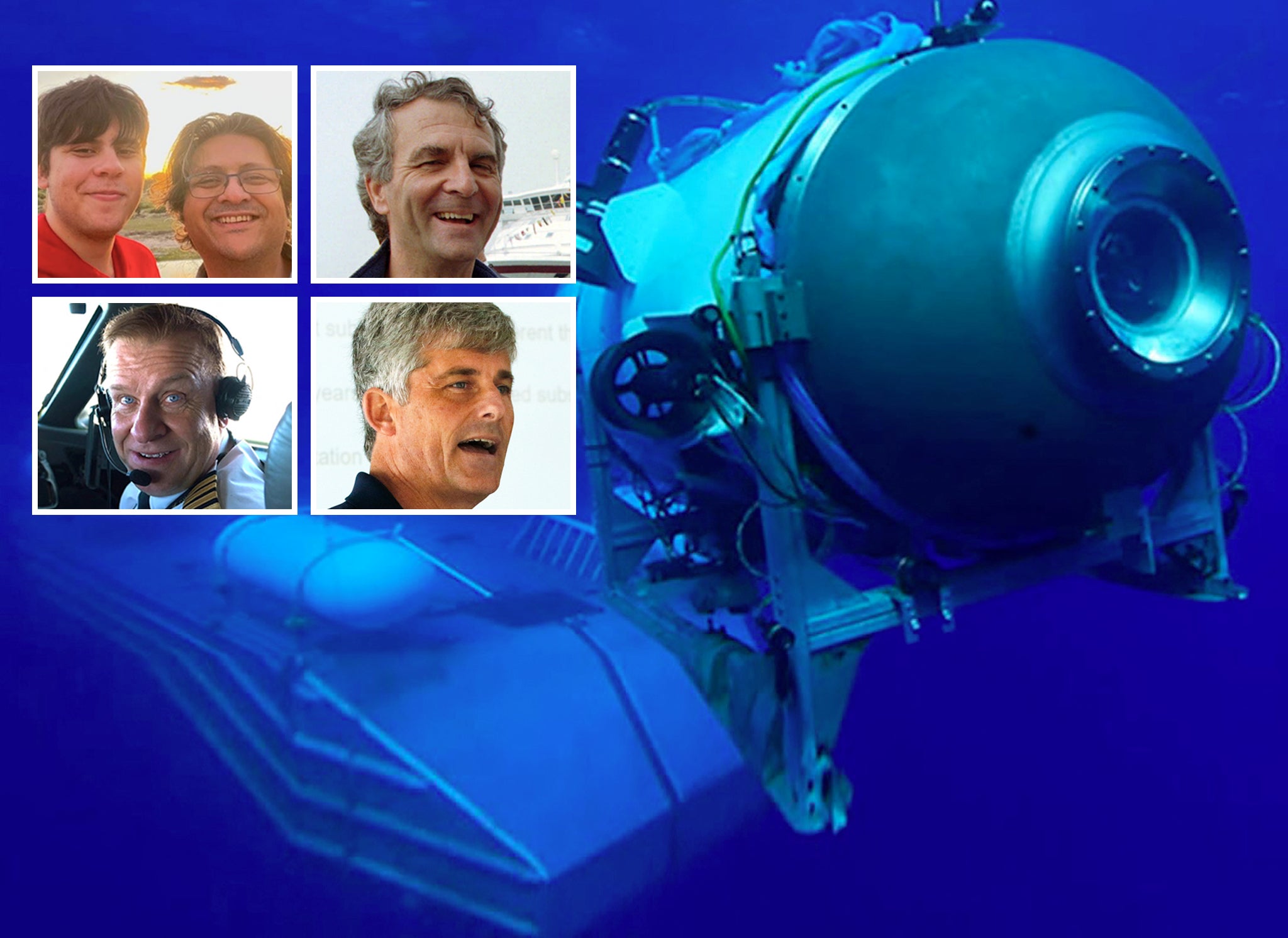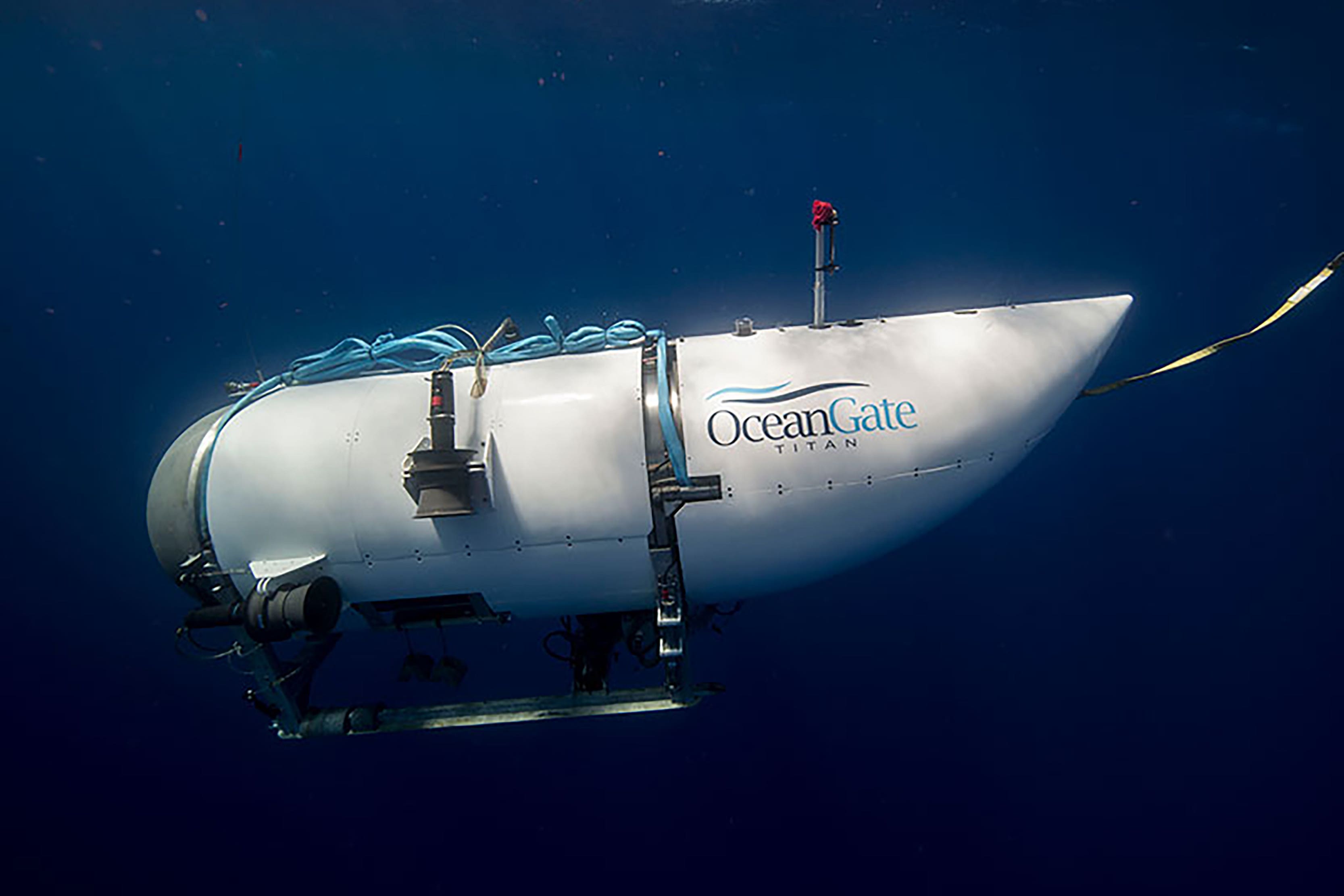
A man who visited the Titanic wreckage in the same submersible that is now missing in the Atlantic has revealed the jarringly extensive waiver passengers were forced to sign before going on the expedition.
Mike Reiss, a producer and writer on The Simpsons, made the journey with OceanGate last year.
Speaking to the New York Post, Mr Reiss and his wife Denise didn’t say specifically how much they paid for the trip, but according to the paper, it was more than $100,000. After Ms Reiss tested positive for Covid-19, she had to stay on the support vessel on the surface while her husband made the eight-hour journey to the ocean floor.
Follow the latest updates on the missing Titanic submarine here.
A submersible making the same trip down 13,000 feet (3,962 metres) has now gone missing along with its passengers – OceanGate CEO Stockton Rush, marine archaeologist Paul-Henry Nargeolet, British billionaire Hamish Harding, and British-Pakistani businessman Shahzada Dawood and his son Sulaiman.
“Death is always lurking, it’s always in the back of your mind,” the 63-year-old Mr Reiss said.
“Before you even get on the boat, there’s a long, long waiver that mentions death three times on page one,” Mr Reiss told the Post.
The only training Mr Reiss received before the trip was how to get into a survival suit.
“It’s like if you took a minivan and took all the seats out, that’s the amount of space you have,” Mr Reiss said about the submersible. “It’s sort of beautifully designed inside, it feels sort of like a waiting room at a spa, quiet and comfortable.”
The descent took about two and a half hours.
“The sub is very, very simple,” Mr Reiss said. “You basically push it in the water and it sinks like a stone. So, it hits bottom and then you sail around and you’re sort of powered by engines that look like desktop fans.”

He found the journey so peaceful that he fell asleep.
The sub is operated using a video game controller.
“It’s not high-tech,” Mr Reiss noted, adding that on his trip, when they hit the ocean floor, the sub was only 500 yards away from the wreckage, where it has laid since 12 April 1912.
“But we didn’t know where and the compass stopped working,” Mr Reiss told the paper. “We spent about 90 minutes just hunting around, trying to find the Titanic, but it’s just so dark down there.”
They “stumbled” on the wreckage with only 20 minutes left to look at the ship.
“That’s just the luck of the draw. That’s what you got. And you’re at the mercy of weather, and water and technical problems,” Mr Reiss noted.
The porthole to look at the ship is only slightly larger than a washing machine door.

“I mostly felt like I was seeing a celebrity in person,” Mr Reiss said. “My thought was, ‘Wow, she looks just she does in the pictures.’”
While Mr Reiss praised the design of the sub, he said that as the vessel resurfaced it was grabbed by a winch from above.
“When the winch grabbed us, the sub went vertical suddenly and all of us five people plunked to the bottom,” he told the paper. “All of our computers, our food, our water, everything just fell on top of us. And we hung that way for a while.”
Mr Reiss said that while he didn’t feel unsafe during the trip, he wouldn’t take that risk again.
“It’s definitely being invented as it goes along,” he told the Post. “I don’t want to disparage it, but it reminds me of the early days of aviation or the space program, where a lot of thought goes into it and then they find a problem.”
“The idea that they could be just sitting there lost and waiting for time to run out,” he said about the missing sub. “That’s a very scary thought.”
“It’s a very tiny vessel in a very big ocean,” he added. “It is built to go where no other vessel to go, so if it’s stuck on the bottom of the ocean, I can’t foresee a way out.”







